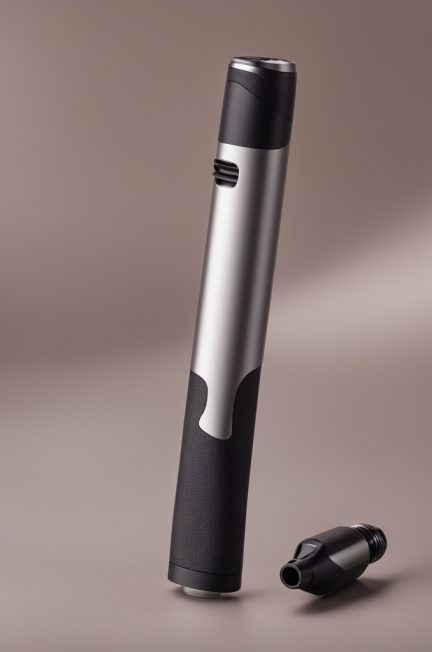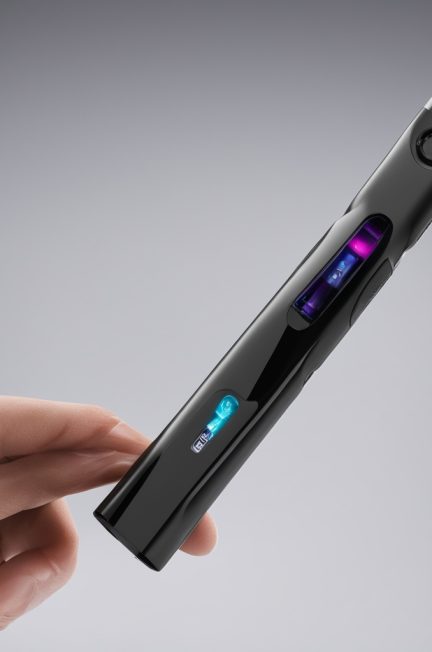Understanding Fake iGet Bars E-Cigarettes: Risks, Identifications, and How to Avoid Them
E-cigarettes have become a popular alternative to traditional smoking, offering users a way to enjoy nicotine without the harmful effects of tobacco. Among the many brands available, iGet Bars e-cigarettes have gained a reputation for their quality and reliability. However, like many other products in the market, fake versions of these devices have emerged, posing risks to consumers. In this article, we will explore what fake iGet bars are, how to identify them, and why they should be avoided.
What Are Fake iGet Bars?
Fake iGet bars refer to counterfeit versions of the popular e-cigarette brand iGet Bars. These fake products are designed to look like the genuine article but are often made with inferior materials and components. The goal of these counterfeiters is to exploit the popularity of the brand and trick consumers into purchasing a subpar product at a lower price. While some users may not notice the difference initially, the risks associated with using fake iGet bars can be significant.
One of the first questions that come to mind when discussing fake products is:
How do these counterfeiters manage to replicate the brand so closely?
The answer lies in their ability to reverse-engineer the design and packaging of genuine iGet Bars. By mimicking the branding, colors, and even some features, they create a product that appears authentic at first glance. However, upon closer inspection, there are often glaring differences in quality and performance.
Why Should You Avoid Fake iGet Bars?
The risks of using fake iGet bars cannot be overstated. These counterfeit devices can pose serious safety hazards, including battery failures, leaks, and even explosions. The materials used in fake products are often substandard, which can lead to malfunctioning components. For instance, the batteries in these fake devices may not meet safety standards, increasing the likelihood of accidents. Additionally, the nicotine content in fake iGet Bars is often inconsistent, which can lead to unintended health risks.
Another critical concern is the lack of quality control in the production of fake iGet bars. Unlike genuine products, which undergo rigorous testing and quality assurance processes, counterfeit devices are not held to the same standards. This means that users may be exposed to harmful substances or ingredients that are not listed on the product label. Furthermore, purchasing fake products supports illegal activities, as these counterfeiters often operate outside of legal frameworks.
How to Identify Fake iGet Bars
Identifying fake iGet bars can be challenging, but there are several key signs to look out for:
- Packaging: The packaging of genuine iGet Bars is usually high-quality and free from errors. Counterfeit products may have misspellings, blurred text, or mismatched colors.
- Design: Fake devices often lack the precision and attention to detail found in genuine products. Look for uneven edges, misaligned parts, or poor-quality materials.
- Price: If a product is significantly cheaper than the recommended retail price, it could be a red flag. While discounts are common during sales, extremely low prices often indicate a counterfeit item.
- Smell and Taste: The e-liquids in fake devices may have an off smell or taste due to the use of inferior ingredients. If you notice any unusual odors or flavors, it could be a sign that the product is counterfeit.
By being vigilant and checking these details carefully, you can reduce the risk of purchasing fake iGet bars.
However, even with careful inspection, some counterfeit products may still slip through. This raises the question:
What steps are manufacturers taking to combat this issue?
Many companies are now implementing advanced anti-counterfeiting measures, such as holographic labels and unique serial numbers, to help consumers verify the authenticity of their products.
The Impact of Fake iGet Bars on the Market
The proliferation of fake iGet bars has had a significant impact on both the e-cigarette market and consumer trust. For legitimate brands like iGet Bars, the presence of counterfeit products can erode customer confidence and damage their reputation. On the other hand, consumers who unknowingly purchase fake devices may develop a negative perception of the entire category, discouraging them from trying genuine products in the future.
Moreover, the sale of fake iGet bars contributes to the broader issue of counterfeit goods in the e-commerce space. This not only affects individual brands but also poses challenges for regulatory bodies tasked with ensuring consumer safety and fair competition. The question arises:
How can consumers and manufacturers work together to combat this growing problem?
One approach is through increased awareness and education. By providing consumers with information on how to identify counterfeit products, companies can empower their customers to make informed purchasing decisions. Additionally, stronger enforcement of intellectual property laws and stricter penalties for counterfeiters can help deter such activities.
Tips for Purchasing Genuine iGet Bars
To avoid falling victim to fake iGet bars, it is essential to adopt a proactive approach when making purchases. Here are some tips to ensure you buy genuine products:
- Buy from Authorized Dealers: Always purchase iGet Bars from authorized dealers or official online stores. These retailers are less likely to carry counterfeit products and can provide proper warranties and customer support.
- Check for Certifications: Genuine iGet Bars should come with relevant certifications, such as FDA approval or safety ratings. If a product lacks these certifications, it could be a sign of its counterfeit nature.
- Look for Unique Features: Many genuine products include unique features, such as specific holograms, QR codes, or serial numbers, that allow consumers to verify authenticity online.
By following these guidelines, you can minimize the risk of purchasing fake iGet bars and ensure that you are getting a high-quality product that meets safety standards.
Conclusion
Fake iGet bars represent a significant challenge for both consumers and manufacturers in the e-cigarette industry. These counterfeit products not only pose safety risks but also erode trust in legitimate brands. By understanding how to identify fake devices and taking steps to purchase genuine products, consumers can protect themselves from these dangers.
Ultimately, the fight against counterfeit goods requires a collaborative effort between consumers, manufacturers, and regulatory bodies. Through increased awareness, education, and enforcement, we can work together to reduce the prevalence of fake iGet bars and ensure that consumers have access to safe, high-quality products.




